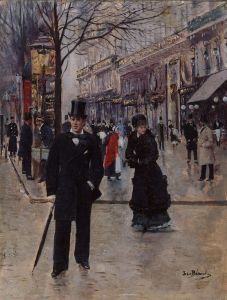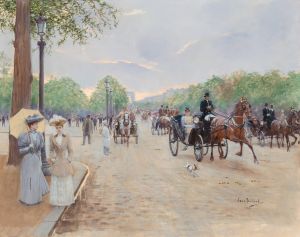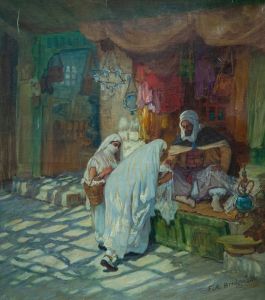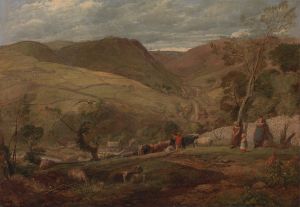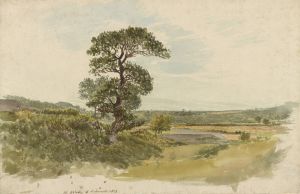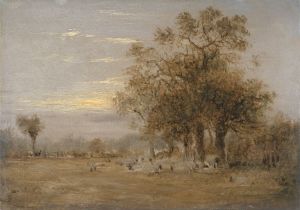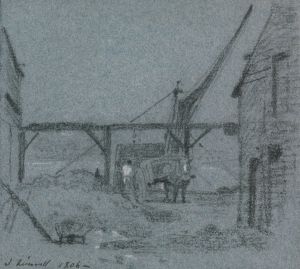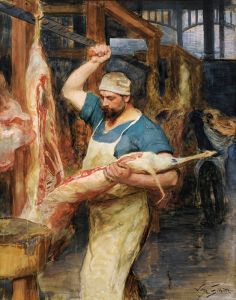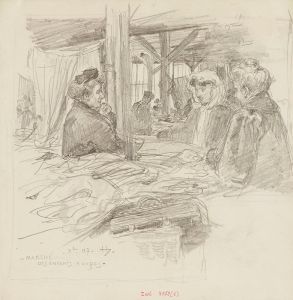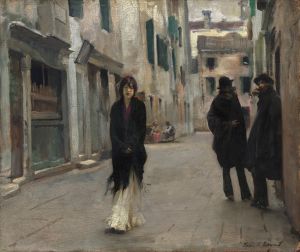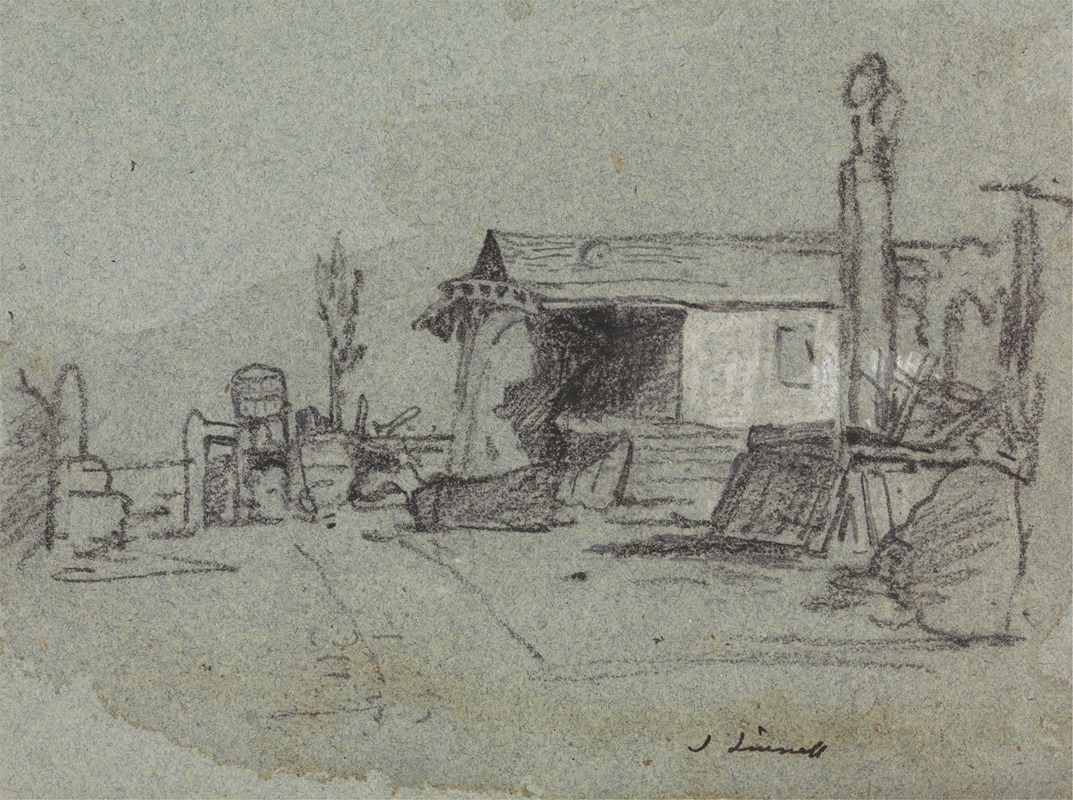
A Scene in the Edgware Road, London
A hand-painted replica of John Linnell’s masterpiece A Scene in the Edgware Road, London, meticulously crafted by professional artists to capture the true essence of the original. Each piece is created with museum-quality canvas and rare mineral pigments, carefully painted by experienced artists with delicate brushstrokes and rich, layered colors to perfectly recreate the texture of the original artwork. Unlike machine-printed reproductions, this hand-painted version brings the painting to life, infused with the artist’s emotions and skill in every stroke. Whether for personal collection or home decoration, it instantly elevates the artistic atmosphere of any space.
John Linnell's painting "A Scene in the Edgware Road, London" is a notable work by the English landscape and portrait painter, who was an influential figure in the 19th-century British art scene. Linnell, born in 1792, was known for his detailed and realistic depictions of rural and urban landscapes, as well as his portraits. His works often reflected a deep appreciation for nature and the changing landscapes of England during the Industrial Revolution.
"A Scene in the Edgware Road, London" captures a moment in one of London's well-known thoroughfares. The Edgware Road is a historic route that dates back to Roman times, and by the 19th century, it had become a bustling area, reflecting the rapid urbanization and social changes occurring in London. Linnell's painting is significant as it provides a visual record of this period, showcasing the architecture, fashion, and daily life of the time.
Linnell's approach to painting was heavily influenced by his early training and associations with other artists. He was a student at the Royal Academy Schools, where he honed his skills in drawing and painting. His friendships with artists such as William Blake and Samuel Palmer also played a role in shaping his artistic vision. Linnell was known for his meticulous attention to detail and his ability to capture the subtleties of light and shadow, which are evident in his depiction of the Edgware Road scene.
The painting itself is characterized by its realistic portrayal of the street, with careful attention to the architectural details of the buildings and the lively activity of the people. Linnell's use of color and light helps to convey the atmosphere of the scene, whether it is a bustling market day or a quieter moment in the city's daily rhythm. His work often included elements of social commentary, subtly highlighting the contrasts between different social classes and the impact of industrialization on urban life.
Linnell's contribution to art extends beyond his paintings. He was also an accomplished engraver and a successful art dealer, which allowed him to support his large family and maintain a degree of independence in his artistic pursuits. His legacy is reflected in the works of his children, particularly his son John Linnell Jr., who followed in his father's footsteps as a painter.
While "A Scene in the Edgware Road, London" is not as widely known as some of Linnell's other works, it remains an important piece for its historical and artistic value. It offers viewers a glimpse into the life and landscape of 19th-century London, captured through the eyes of an artist who was deeply connected to the world around him. Linnell's ability to blend realism with a sense of narrative makes this painting a valuable part of his oeuvre and a meaningful representation of the era in which he lived.





